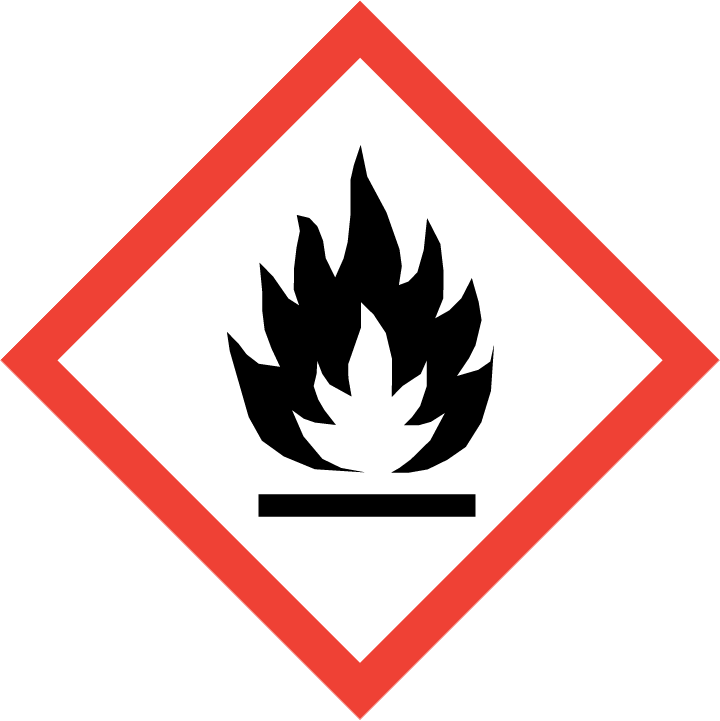| Chemical Name: | Silane, (chloromethyl)dimethoxymethyl- |
| CAS Number: | 2212-11-5 |
| Product Number: | AG00I4CI(AGN-PC-0BT69Z) |
| Synonyms: | |
| MDL No: | |
| Molecular Formula: | C4H11ClO2Si |
| Molecular Weight: | 154.66744 |


(Chloromethyl)dimethoxy(methyl)silane is a versatile reagent widely used in chemical synthesis for its unique properties and ability to react with a variety of functional groups. This compound serves as an important building block in organic synthesis, particularly in the preparation of organosilicon compounds.In chemical synthesis, (Chloromethyl)dimethoxy(methyl)silane can be utilized as a silylating agent to introduce silicon-containing functionalities into organic molecules. It is commonly employed in the protection of sensitive functional groups during multi-step reactions, as well as in the modification of polymers to impart new properties. Additionally, this compound can participate in nucleophilic substitution reactions, leading to the formation of new carbon-silicon bonds.Furthermore, (Chloromethyl)dimethoxy(methyl)silane finds application in the synthesis of organosilicon compounds with diverse applications, including in materials science, pharmaceuticals, and agrochemicals. Its reactivity and compatibility with a wide range of substrates make it a valuable tool for organic chemists seeking to functionalize molecules with silicon-containing moieties.